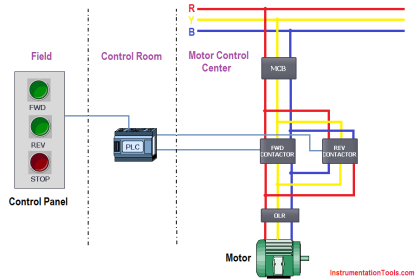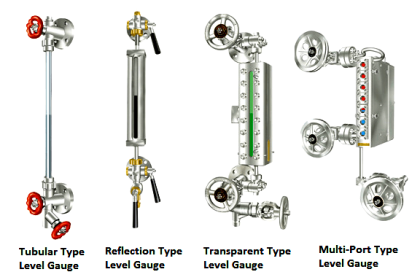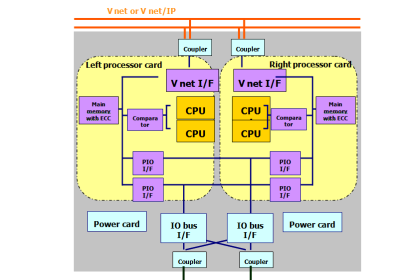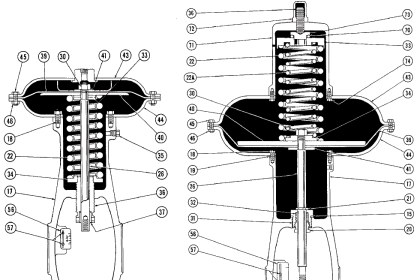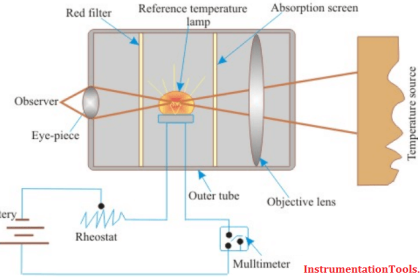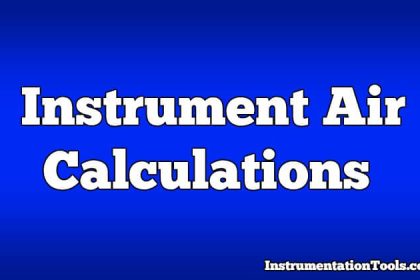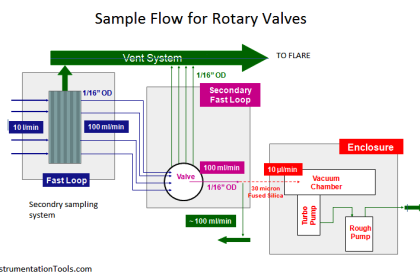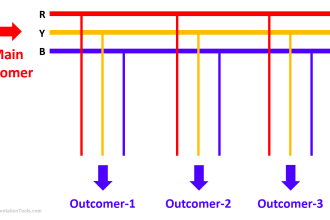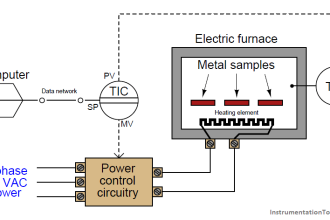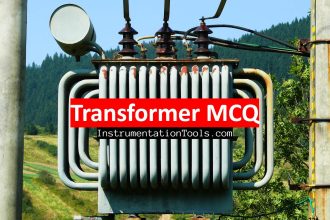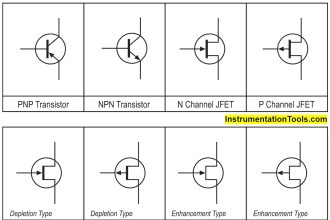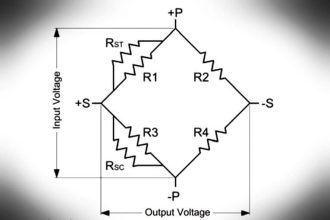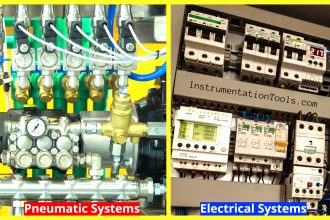How to Maintain a Compressor and Compressor valves
The compressor is a device that develops potential energy stored in pressurized gas from electricity or fluid. When looking at a gas compressor, it is important to consider all its various parts, rather than looking at the unit as an entire machine. Out of all the small parts that comprise a compressor, the valves are most important ones that can get worn or damaged. It is imperative to keep it in faultless working order by maintaining it regularly. This way, valves can work without any interruptions or breakdowns.
All natural gas compressor manufacturers in the USA want the compressor valves to remain efficient to keep the whole unit operational. This article provides some basic information about different types of compressors, compressor valves and how to maintain their work efficiency.
Types of compressors
Although the fundamental mechanics remain similar, there are three types of compressors, according to their functionality:
- Rotary compressor – It can be divided into two types as the first one directly transfers the energy of the gas into the compressed energy from a constantly rotating shaft or shafts. The second type shows the lack of a need for discharge and suction valves.
- Centrifugal compressor – The compression in this compressor is achieved by applying this centrifugal force while the compressor is on high revolving speed. It allows you to use multistage compressors in order to boost the volume of output pressure.
- Reciprocating compressor – The reciprocating compressor valve can be separated into two types, the piston compressor and the diaphragm compressor. The diaphragm is quite an old type, whereas a piston is well-known to the industry. The piston reciprocating compressor works on revolving crankshafts that allows the gas to be sucked, compressed and evacuated from a cylinder.
Maintenance of compressors
In order to manage and monitor compressors, there are a few things that need to be taken care of so that they can perform smoothly. For best results, daily inspections should be conducted as given below:
- Review the oil’s condition and determine whether it should be changed or not
- Check if there is any oil or gas leakage
- Make sure the operating temperature is set in the safe range
- Check the differential pressure in the compressed air filter
Compressor Valves Maintenance :
It is imperative to maintain the working compressor valves. Once they break down, the work, the outcomes, and the revenue all get affected as the compressor has to be shut down for possibly several days.
There are many articles and blogs on how to maintain compressor valves. But what is the actual solution to prevent these costly breakdowns? The answer is Zahroof StraightFlo valves. These valves have been used successfully in the following applications:
- In natural gas production, transmission, gathering and storage
- In refineries for hydrogen compression
- For the compression of industrial gas, CNG, propane and fuel gas
- For capturing and sequestrating CO2 and in CO2 injection to improve oil recovery
- For air drilling, PET (polyethylene terephthalate) application and air compression for instrument air
StraightFlo valves are exclusively designed for reciprocating gas compressors. That is the reason it enhances the overall performance in terms of reliability, functionality, and fluency. They increase the production speed, are less expensive and more reliable.
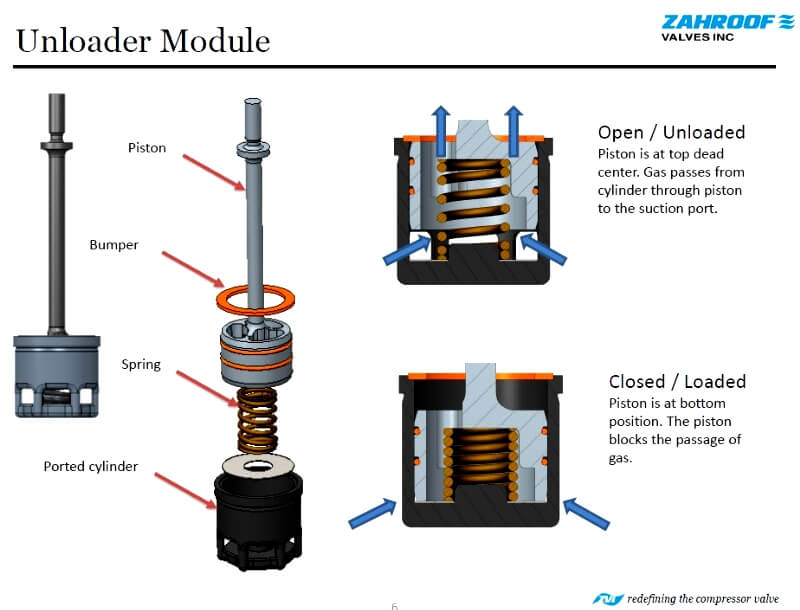
Many compressor manufacturers have accepted this innovative idea of StraightFlo valves invented by Zahroofvalves.com as they are far better than conventional valves. Users have admired the results as the valves have worked efficiently since the day they were installed. So what are you waiting for? Get them as soon as possible to achieve revenue goals!
